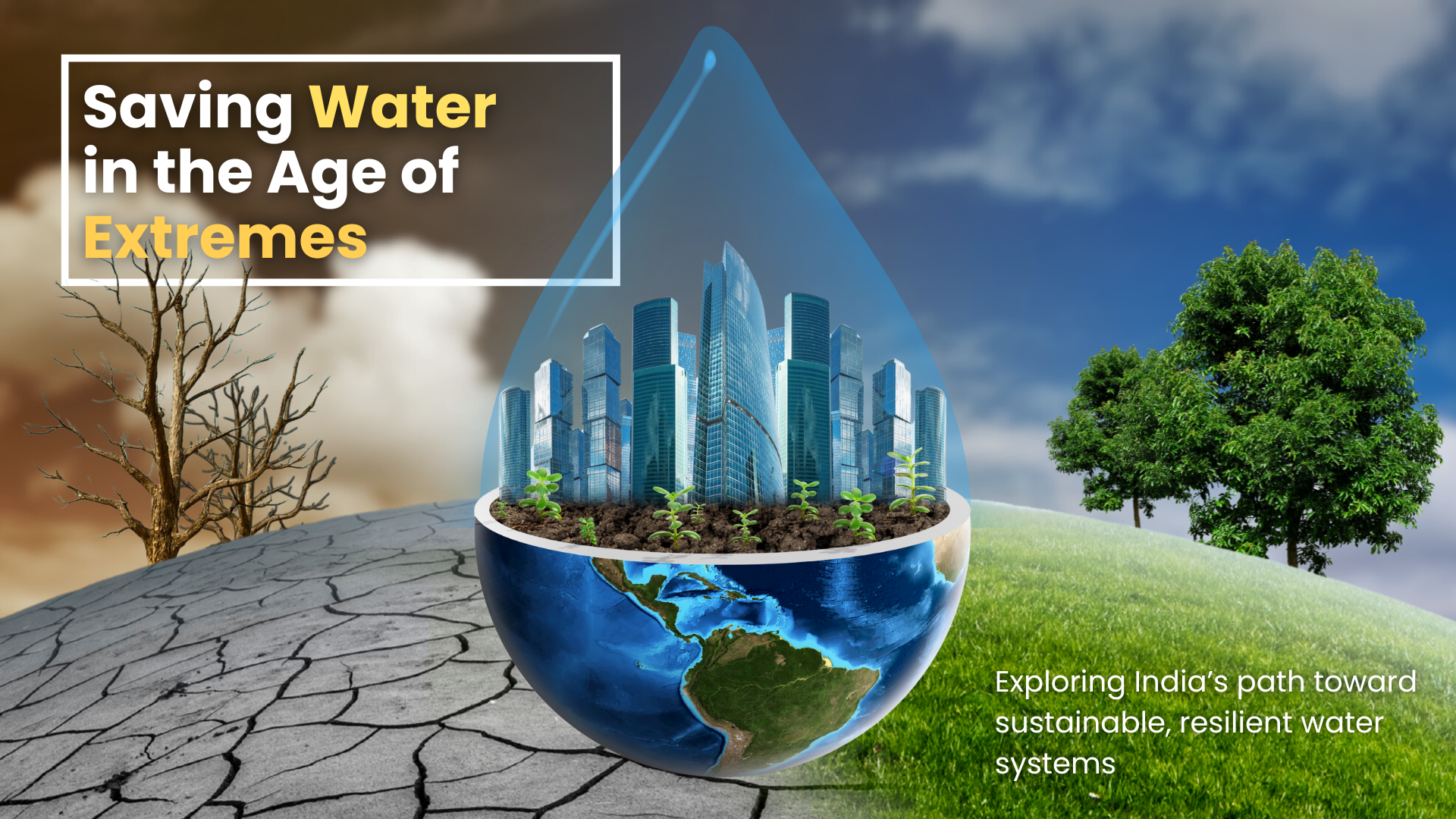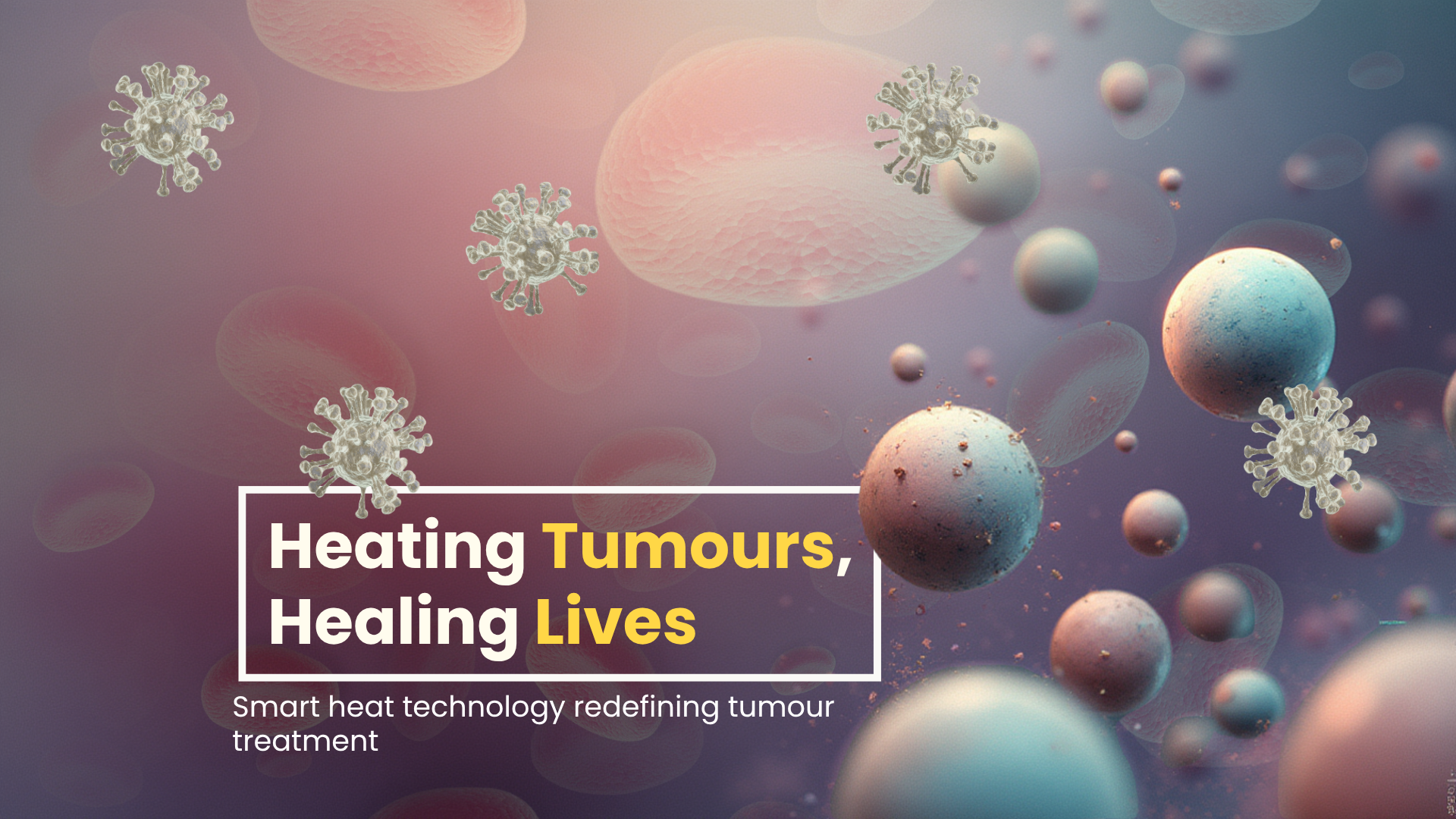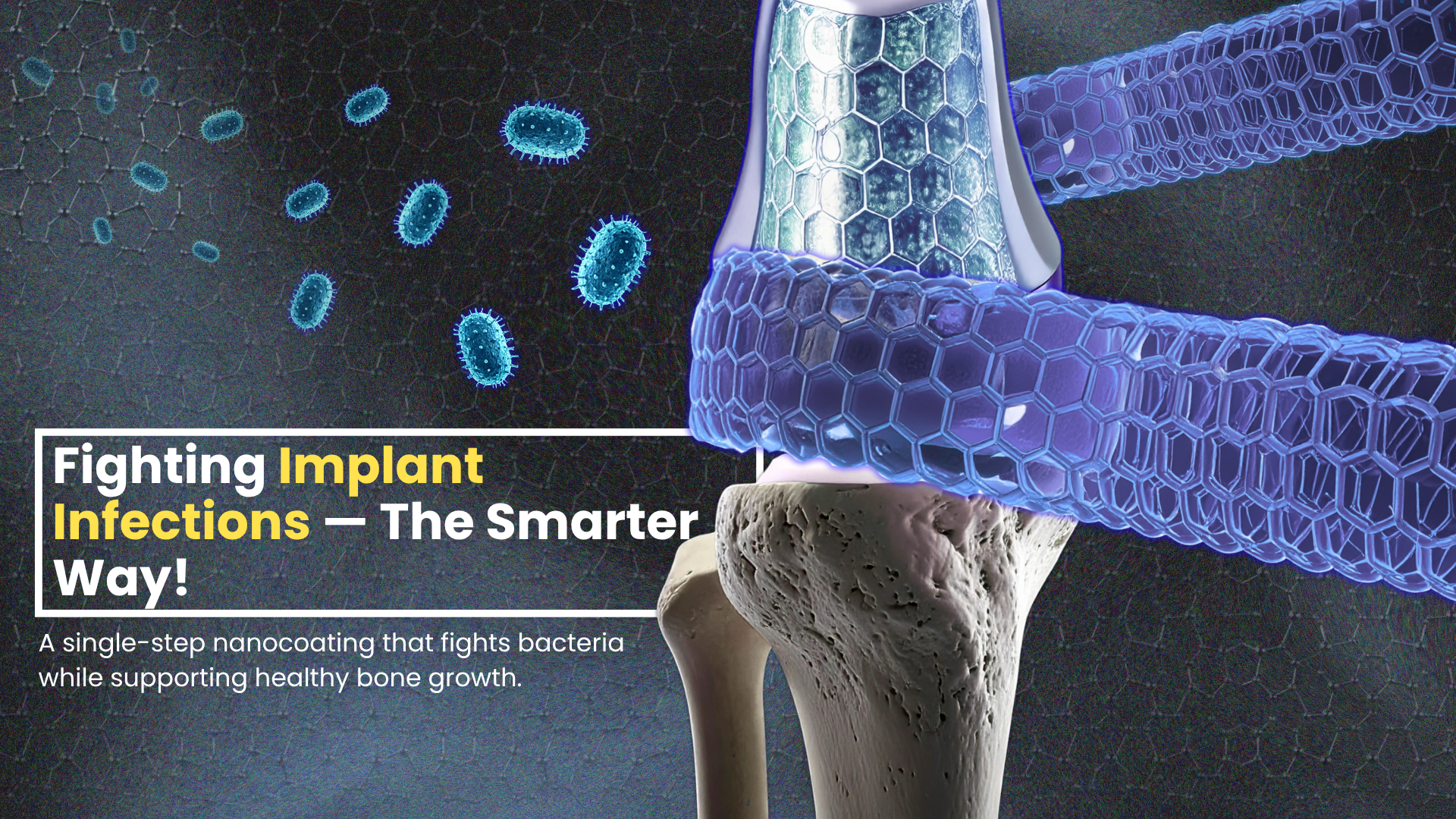
You wouldn’t think that something as common as nonstick cookware could pose serious health risks. Unfortunately, it does. The chemicals that make these surfaces easy to clean, called per- and polyfluoroalkyl substances (PFAS), are now known to harm both human health and the environment. The extraordinary water- and oil-repellent properties of PFAS, along with their thermal stability, have made them indispensable in a range of products – from cookware and textiles to firefighting foams and electronics. However, the same properties that make PFAS useful also make them nearly indestructible.
PFAS are often referred to as “forever chemicals” because they do not easily degrade, and they are linked to cancer, metabolic disorders, developmental and reproductive issues, and even childhood obesity. Long-chain PFAS, known for their toxicity and persistence, have been phased out globally. Later industries started using short-chain PFAS with the hope that they would be less harmful. Unfortunately, short-chain PFAS are turning out to be even more persistent, remaining in the environment for decades or even centuries, and are now recognized as harmful as well.
Despite extensive global research, scientists have not yet found a reliable way to completely break down PFAS. In this study, the authors propose a promising new approach using plasmonic silver (Ag) and gold (Au) nanoclusters (NCs) to degrade short-chain PFAS.
In metals, electrons move freely through a fixed lattice of positive ions. When disturbed by light or an electric field, these electrons oscillate collectively. The coordinated motion of the electron cloud is called a plasmon. Plasmons in metallic nanoclusters can efficiently convert sunlight into chemical energy, driving important photochemical reactions.
As plasmons decay, they produce highly energetic electrons and holes, known as hot carriers (HCs). These carriers can be transferred to the nearby acceptor through either indirect charge transfer (CT) or direct CT. In the direct CT, the HCs transfer directly from the NC to the unoccupied orbitals of the acceptor, making it more efficient. The transferred HCs can be used to break strong chemical bonds, such as those in PFAS molecules.

In this study, the authors Mr. Samir Kumar Nayak, Ms. Khushboo Bhardwaj, Prof. P. K. Verma, and Prof. Sharma S. R. K. C. Yamijala from the Department of Chemistry, Indian Institute of Technology (IIT) Madras, Chennai, India (Prof. Sharma S. R. K. C. Yamijala is also affiliated with the Center for Atomistic Modelling and Materials Design and the Center for Molecular Materials and Functions, IIT Madras) employed real-time time-dependent density functional theory (RT-TDDFT) and Ehrenfest molecular dynamics (EMD) methods to investigate HC dynamics and the subsequent degradation of PFAS on plasmonic silver and gold nanoclusters.
Three short-chain PFAS, perfluorobutanoic acid (PFBA), perfluorobutanesulfonic acid (PFBS), and 2:2 fluorotelomer carboxylic acid (FTCA), were chosen for this study. The results revealed that Ag–PFAS complexes exhibited stronger direct hot electron transfer (DHET) compared to Au–PFAS complexes. Among all Ag–PFAS systems, Ag–PFBS showed the highest DHET. Furthermore, the EMD simulations demonstrated that PFAS molecules undergo efficient degradation in the presence of hot carriers.
Dr. Anirban Mondal, Assistant Professor of Chemistry, from Indian Institute of Technology (IIT) Gandhinagar, Palaj, India, pointed out the important findings of this study and acknowledged their importance with the following comments: “Prof. Yamijala and his team’s study offers an elegant quantum-level view of how noble metal nanoclusters can break down short-chain PFAS—persistent “forever chemicals” that have resisted conventional treatments. By uncovering the role of plasmon-induced hot carriers in driving bond cleavage, the work bridges fundamental electronic structure theory with a pressing environmental challenge. Their demonstration that silver nanoclusters can initiate efficient PFAS degradation highlights a promising pathway toward sustainable nanomaterial-based remediation strategies. This is a timely and impactful contribution to both environmental chemistry and plasmon-driven catalysis.”
Article by Akshay Anantharaman
Click here for the original link to the paper










